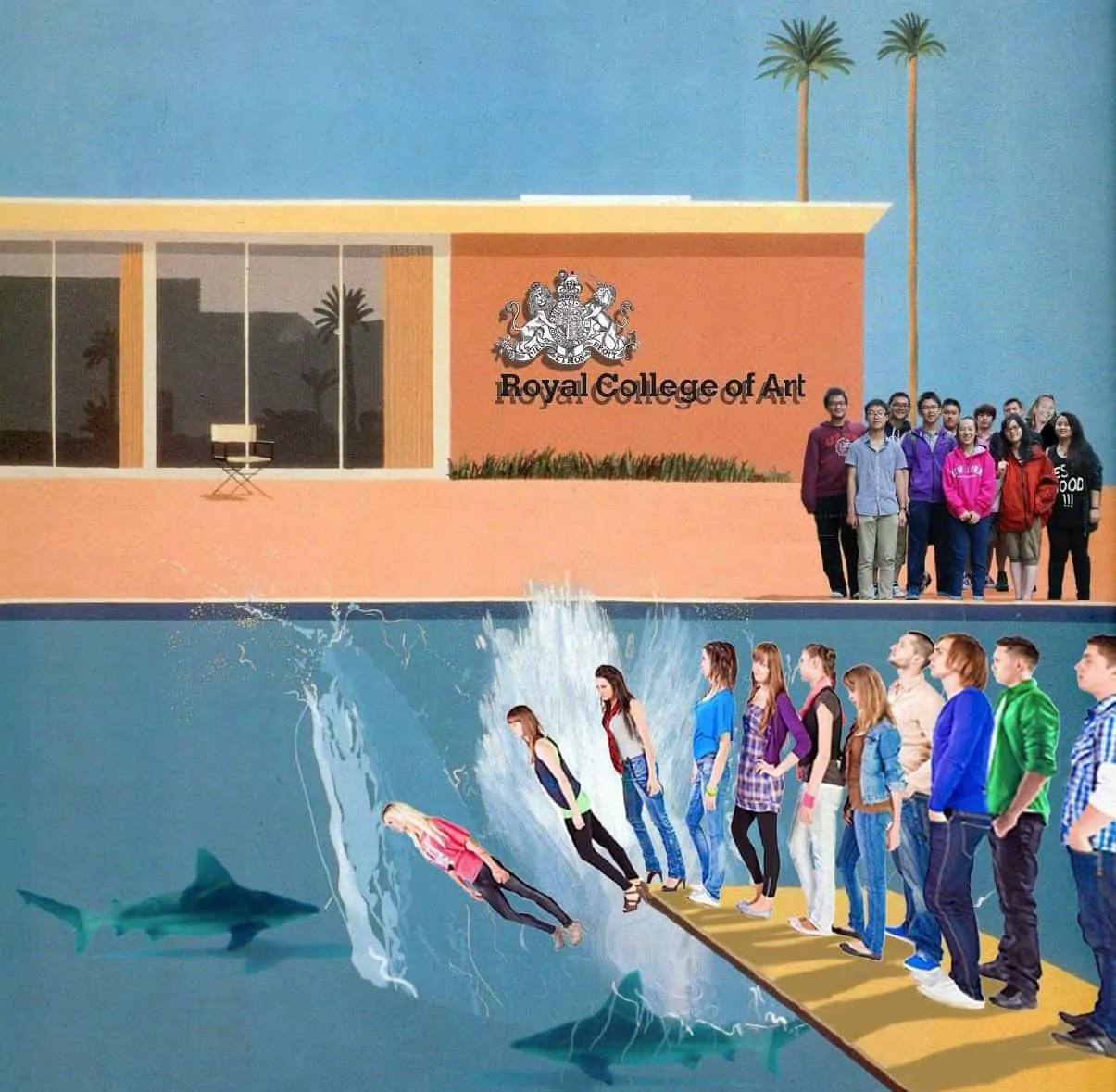What should a modern art and design school look like? Earlier this year I took part in the Zagreb Design Week, an event organized by good friend Daniel Tomicic, the venue was a very large open space within an imaginatively restored historic building. Inside this space were areas for workshops, seminars, lectures and small discussion groups. There were no doors, no key-card locks and no registers. A small restaurant and bar kept students around until well after midnight. The atmosphere was wonderfully stimulating, I was a lecturer on stage, part of an audience for great presentations, involved in small portfolio review workshops, contributor to group discussions, chairman of question and answer sessions with a number of well know and totally honest designers on our panel, and in the evenings was able to watch a fashion show or ride a brilliant electric scooter, designed by a participant in the event.
If one looks at the Internet as a (sometimes unreliable) source of learning opportunities, there are no doors or locks between disciplines, there is no hierarchy of the relevance of certain studies over others, there is only the sharing of knowledge. And that is why the Zagreb event felt like what a new model for design education could be like.
Maybe a four year course; the first year would be totally exploratory with introductions to all the design disciplines before considering a route to follow. The following years would develop design skills, critical analysis, verbal and visual communication, experience of working with other designers from other disciplines, the history and cultural context of design, and college wide conversations about design. Both workshop and digital skills would be studied but the idea and not the execution would be the important output.
At the end of the course a degree certificate would not be the most important thing (I know students care about their parents being proud of their achievement and a piece of paper signifies that success), but it’s the portfolio of work that is the most important thing. A ‘Practitioner of Design’ could be the award, or maybe ‘Designer’ is enough. Some people like ‘being a designer’ and others just like designing. This imaginary school would be for those who love design.
Oh yes, and why have I quit the Vehicle Design department at the Royal College of Art? Simple, it no longer represents all those values that I feel are a fundamental part of design education.
About Peter Stevens
Peter Stevens is a world-renowned vehicle designer and former Visiting Professor of Vehicle Design at the Royal College of Art in London. Over the course of his career, he’s been chief designer at Lotus Cars, McLaren and Lamborghini and design director for MG, Mahindra and Mahindra and Rivian Automotive. He’s also worked as a design consultant for Prodrive, BMW, Williams and Toyota. You can catch up with his antics on his Facebook page and his new website.











